Approaches to Teaching Literacy
Literacy Update

Approaches to Teaching Literacy
Literacy Update
It’s been a smooth and positive start to term three, with students settling back into routines quickly and being ready to learn.
On Monday 30 July, as I was walking along Station Street after work to buy my daughter her favourite dessert, I ran into an FPS parent. She was initially surprised to see me there that day, but then remembered that while the children were home, all teachers and education support staff were at work. For this term’s curriculum day, I had the privilege to run a whole day professional development (PD) day with Nicole. (This is not the first whole day PD that we have done together, stay tuned to find out more about this in our next newsletter!)
The day centred around deepening our understanding of evidence-based approaches to teaching literacy. We explored current research into the Big 6 components of reading—oral language, phonological awareness, phonics, vocabulary, fluency, and comprehension—as key pillars in a structured literacy approach. Our sessions included practical strategies for explicitly teaching fluency and comprehension, with a particular focus on the role of background knowledge, grammar, and cohesive ties in supporting students’ reading development. These elements are essential for helping students move beyond decoding and toward making meaning from complex texts. This work aligns closely with our Annual Implementation Plan (AIP) goals, which prioritise student outcomes in literacy.
Building on Lyn Stone’s professional learning from last term, we explored how a deep understanding of grammar supports comprehension, reinforcing the idea that reading and writing go hand in hand. Recognising how sentence structure, cohesive ties, and syntax contribute to meaning helps students become more purposeful readers and more effective writers. This connection continues to inform our whole-school approach to structured literacy.
Staff learning – the Big 6 Components of Reading
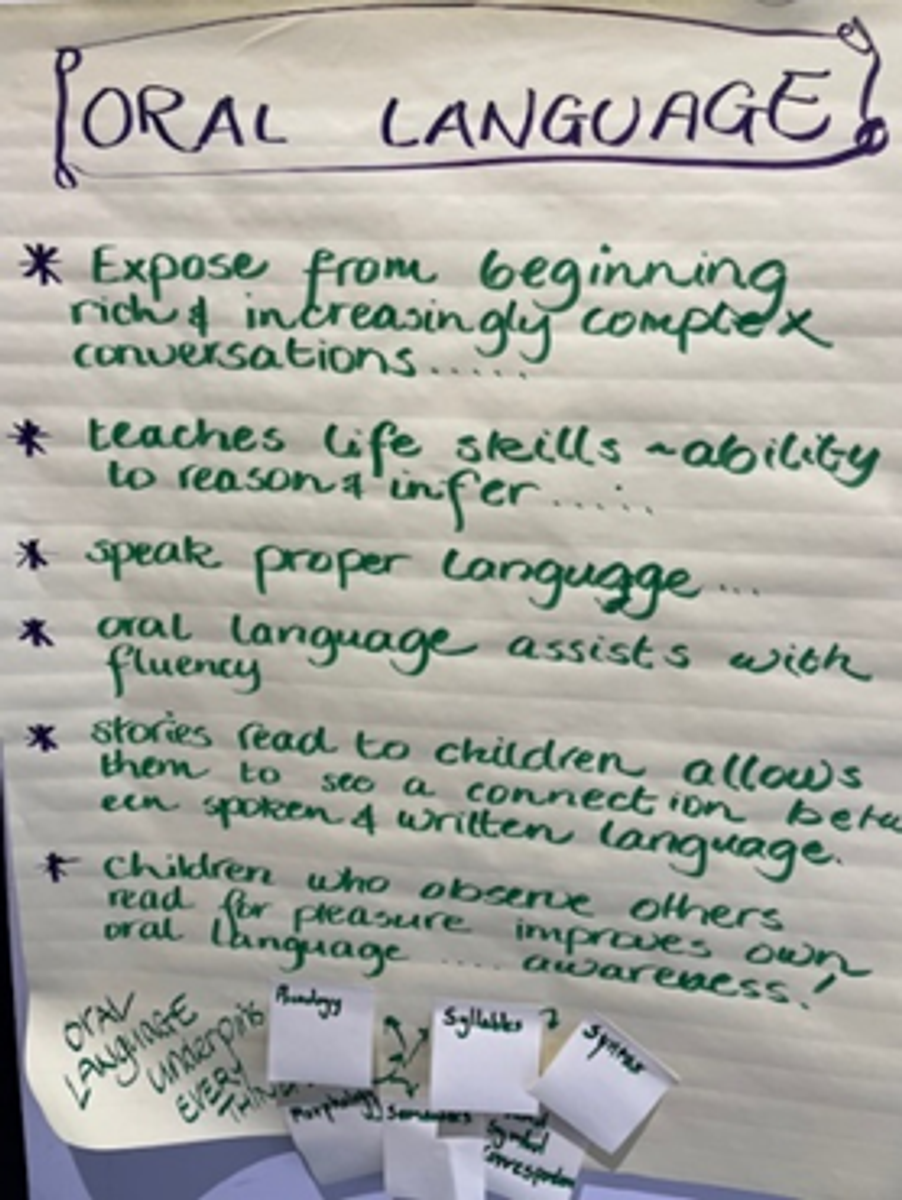
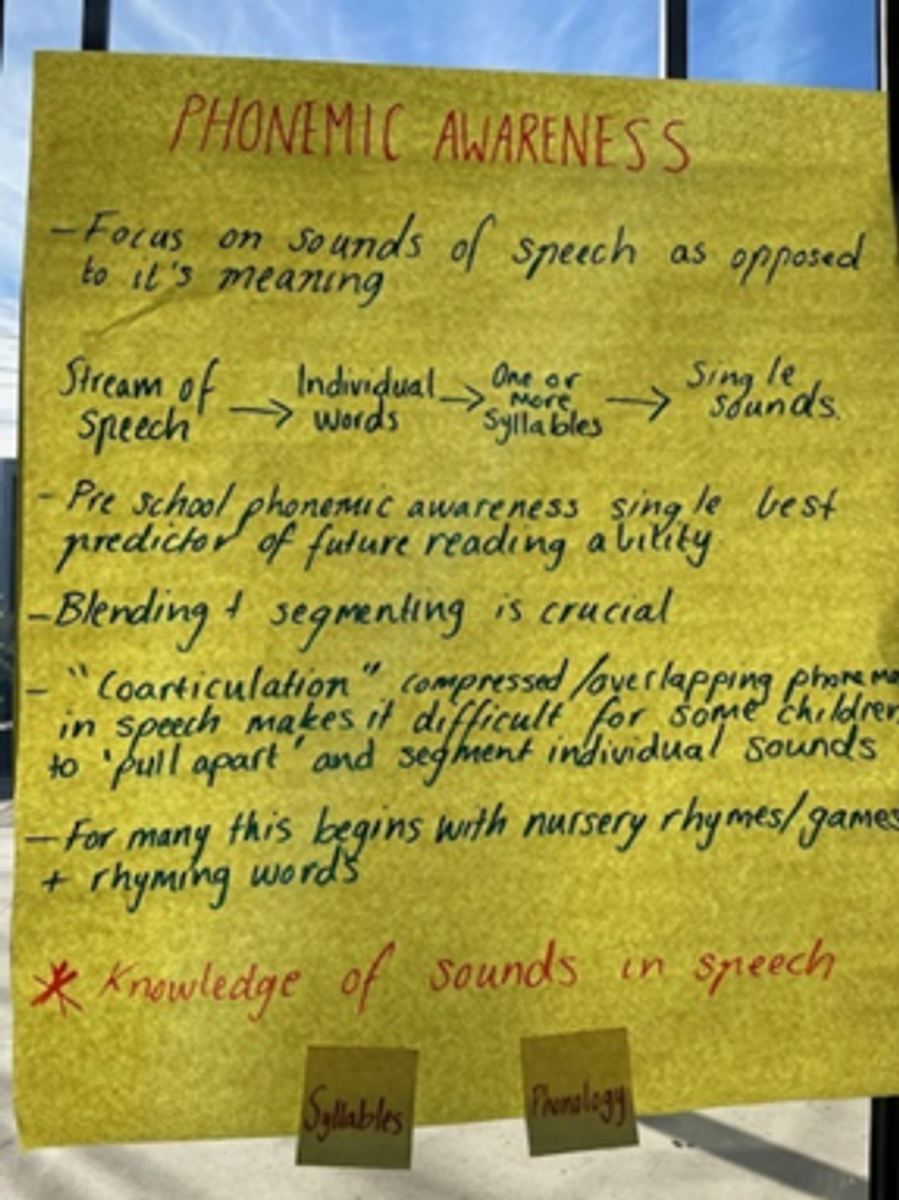
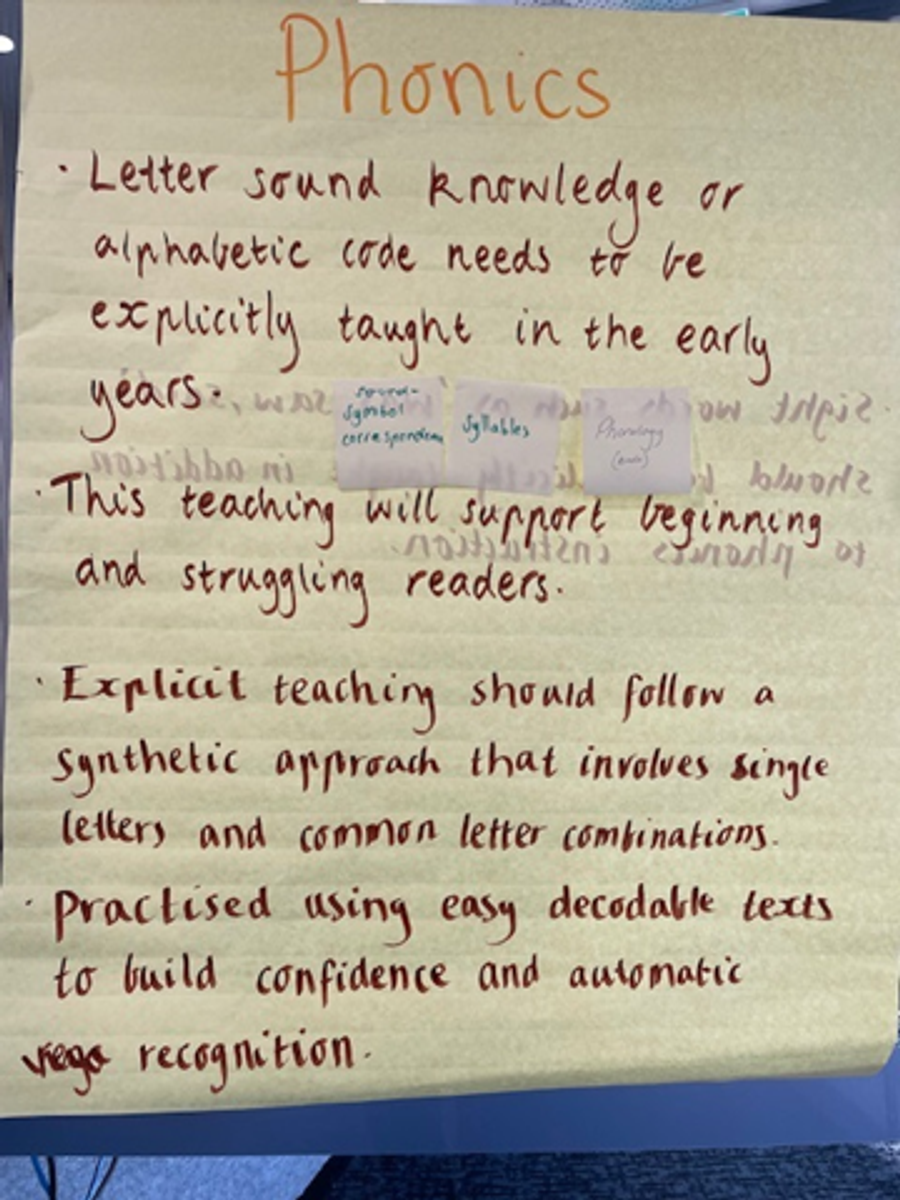
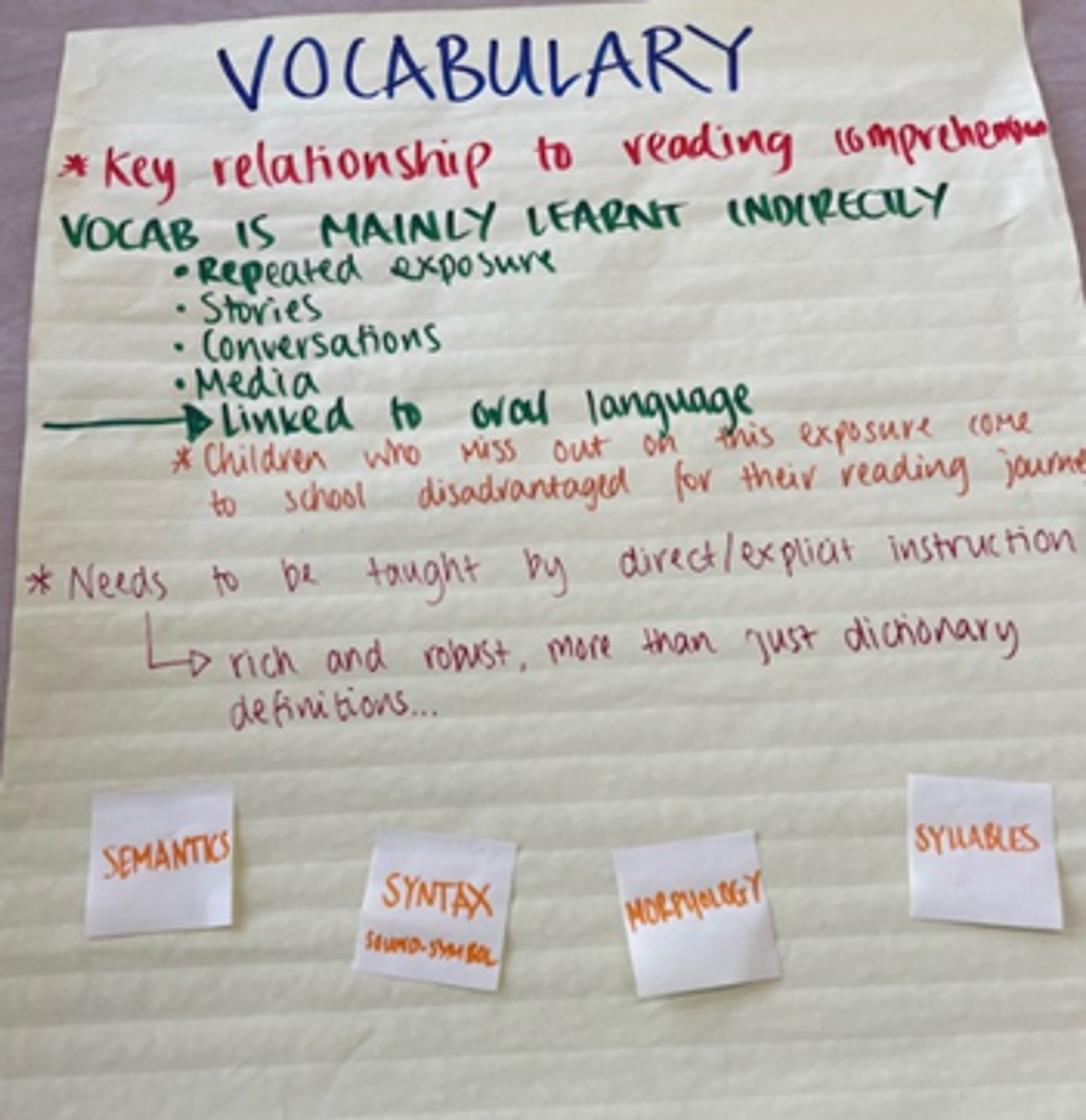
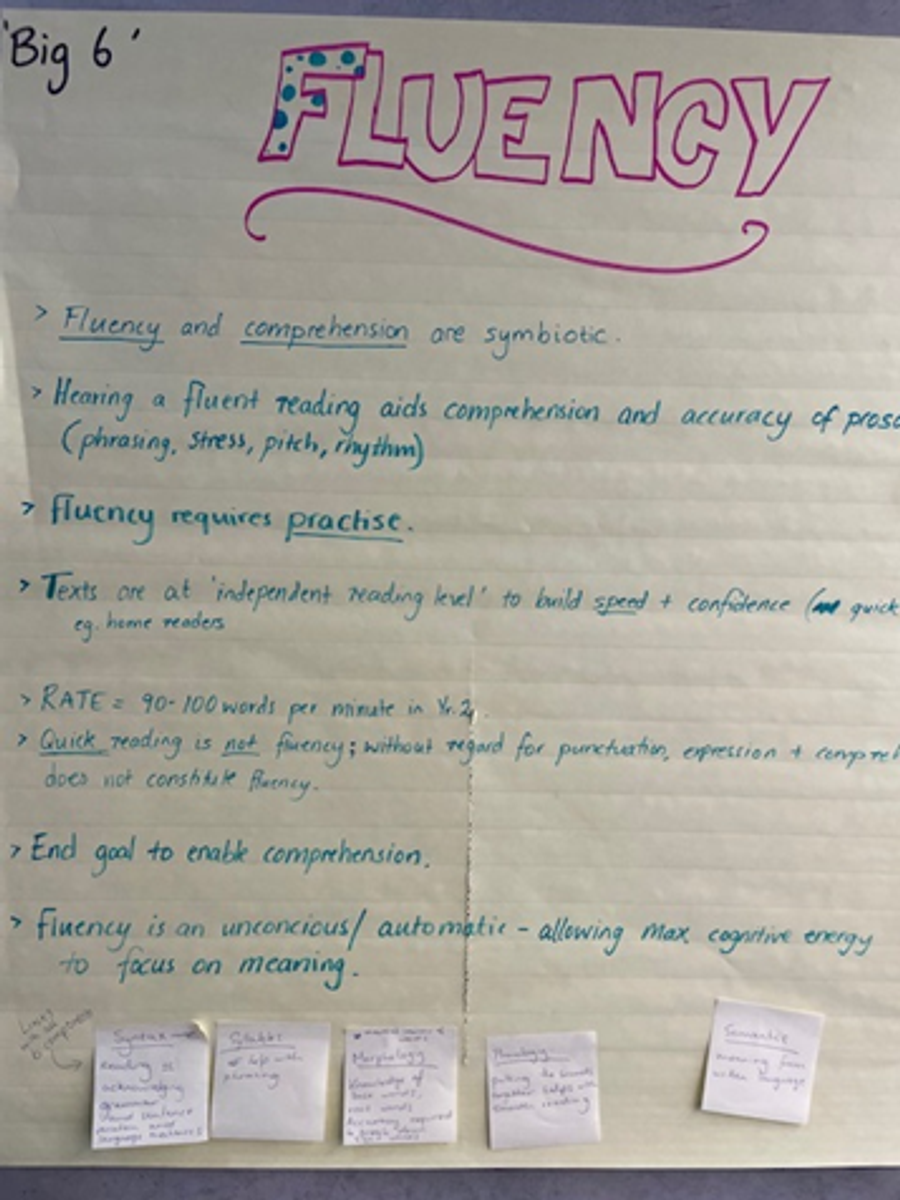
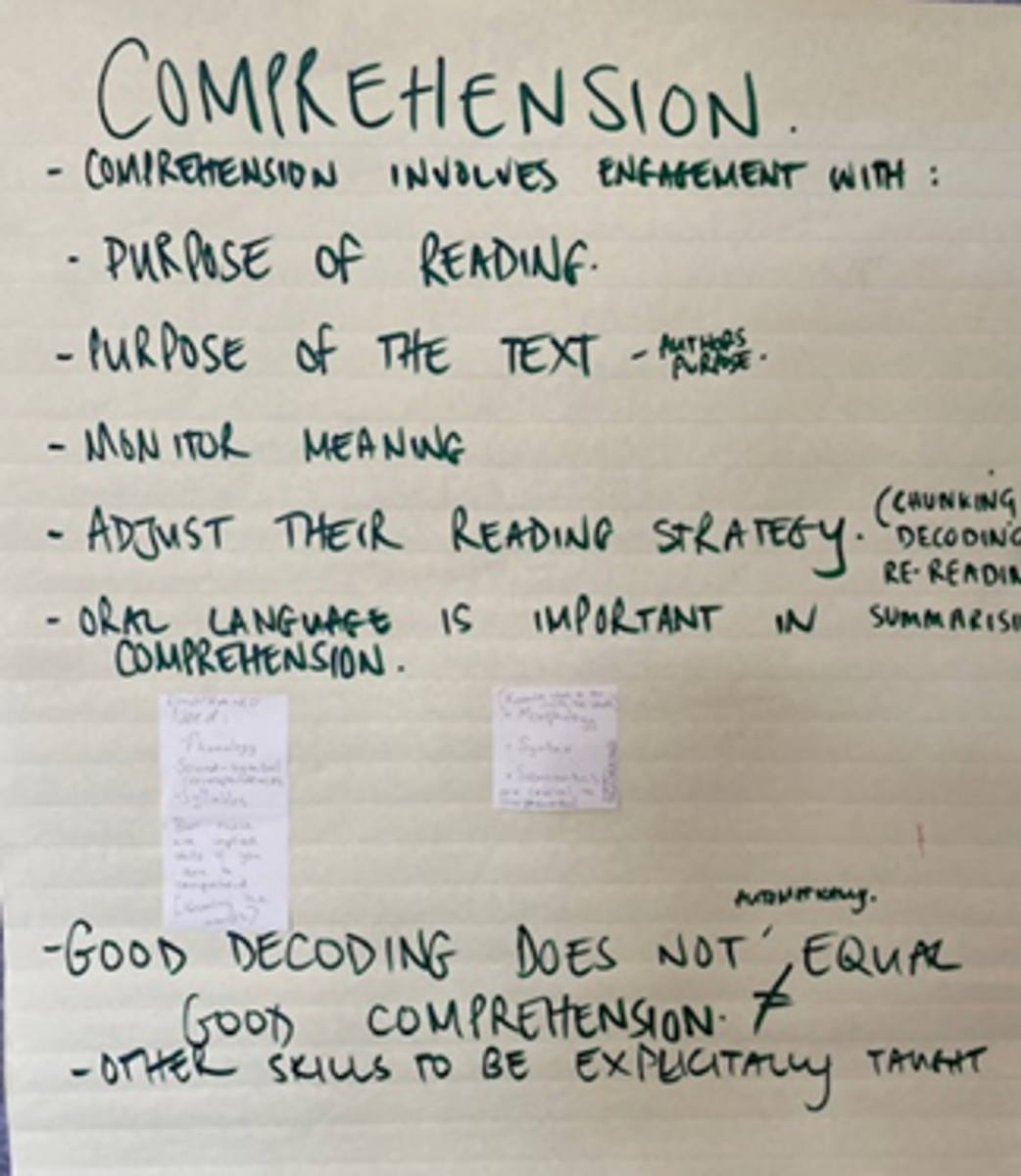






We look forward to continuing this work in classrooms and across our teams to ensure all students develop strong, transferable literacy skills.
If you are interested in knowing how our brains learn to read, here is an explanation from Stanislas Dehaene, a French author and cognitive neuroscientist.
~ Binh Hoang, Literacy Learning Specialist